For many reptile enthusiasts, having a snake that tolerates or even enjoys human interaction adds a rewarding dimension to pet ownership. While not all snakes appreciate handling, certain species have earned reputations as being more amenable to regular human contact than others. These snake species tend to have calmer temperaments, adjust well to captivity, and may even seek out the warmth and interaction that handling provides.
Whether you’re a first-time snake owner or looking to add another reptile to your collection, understanding which species typically respond well to handling can help you make an informed choice. This article explores the top five snake species known for their handling-friendly dispositions, along with essential care information and handling tips for each.
Ball Pythons: The Gentle Giants
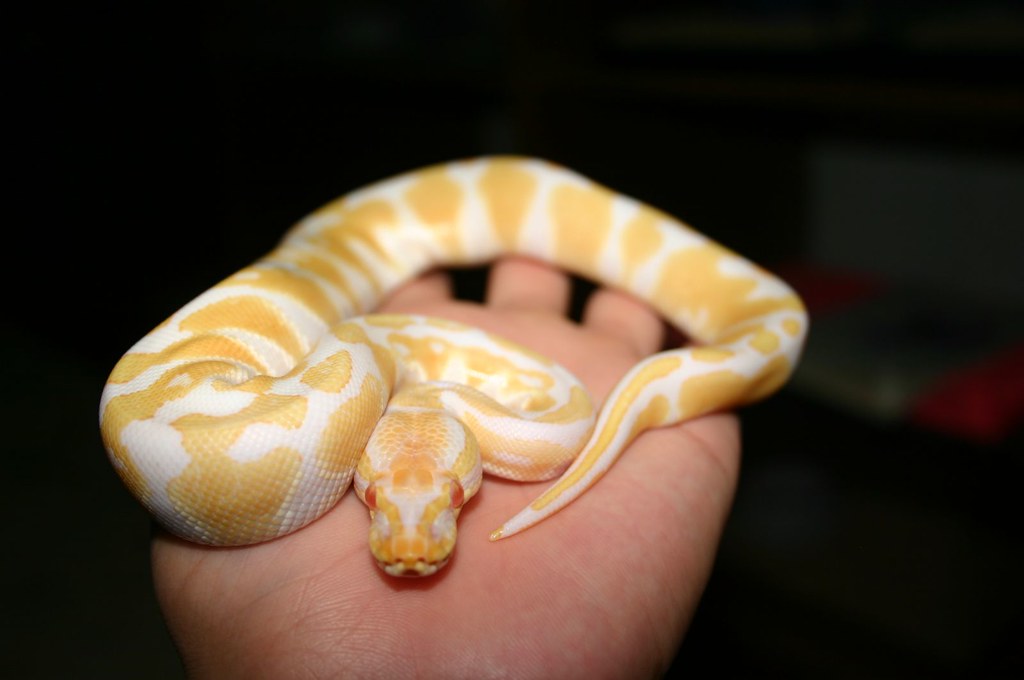
Ball pythons (Python regius) consistently top the lists of handler-friendly snakes, earning their position through their docile nature and manageable size. Native to West and Central Africa, these snakes typically reach 3-5 feet in length, making them substantial enough to handle confidently without being overwhelmingly large. Their common name derives from their defensive behavior of rolling into a tight ball when stressed, though captive-bred specimens rarely display this behavior after becoming accustomed to their owners.
Ball pythons are generally slow-moving and deliberate in their movements, rarely making sudden lunges that might startle new handlers. Their relatively slow metabolism means they require feeding only every 1-2 weeks as adults, adding to their appeal as low-maintenance pets that can still provide regular handling opportunities.
Corn Snakes: Colorful and Curious

Corn snakes (Pantherophis guttatus) represent perhaps the perfect balance of hardiness, handling tolerance, and visual appeal for both beginning and experienced snake keepers. These North American colubrids typically grow to 4-5 feet and are renowned for their vibrant coloration and pattern variations, with morphs ranging from classic orange and red to lavender, caramel, and even silver. Unlike some species that merely tolerate handling, corn snakes often seem genuinely curious about their surroundings when taken out of their enclosures, actively exploring their handler’s hands and arms.
Their slender build makes them lightweight and easy to support properly during handling sessions, an important consideration for younger handlers or those with limited strength. Corn snakes also boast impressive lifespans of 15-20 years with proper care, offering the potential for long-term companionship rare among many pet species.
King Snakes: Hardy and Handleable
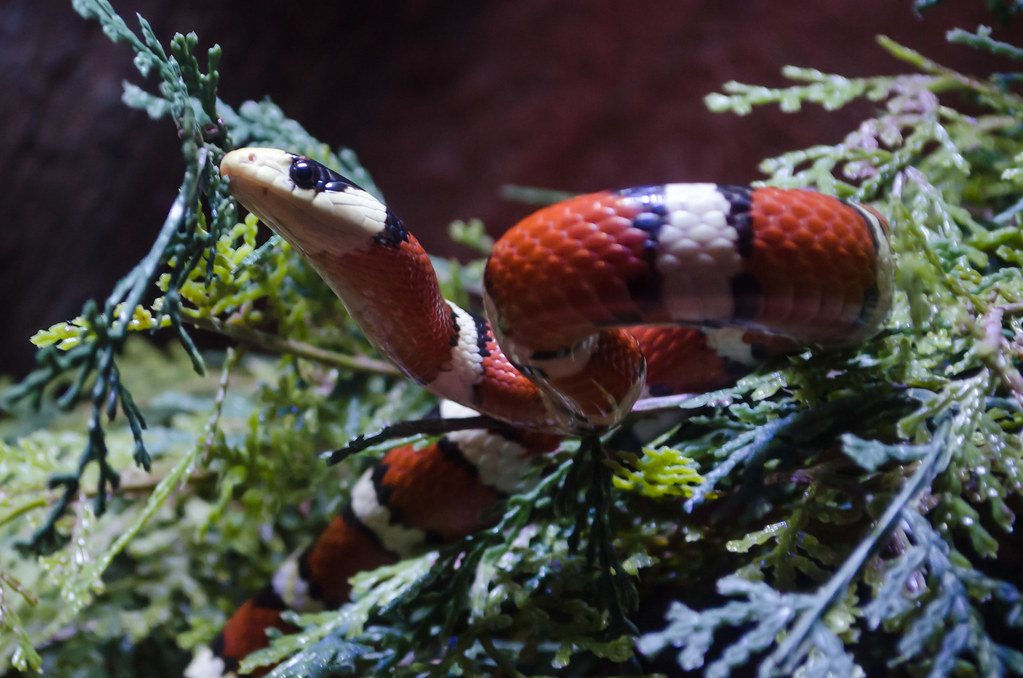
The various species within the kingsnake (Lampropeltis) genus represent excellent handling candidates for reptile enthusiasts seeking snakes with bold personalities and striking appearances. California kingsnakes, Florida kingsnakes, and Mexican black kingsnakes are particularly noted for their handling tolerance, with many specimens becoming quite tame with regular, gentle interaction. These muscular constrictors typically reach 3-5 feet in length and possess a natural confidence that translates well to handling situations, as they’re less prone to stress behaviors than many other snake species.
Kingsnakes are renowned for their dietary flexibility, readily accepting frozen-thawed rodents and maintaining healthy appetites that make feeding time straightforward for owners. Their natural immunity to the venom of other snakes (including rattlesnakes, which they sometimes prey upon in the wild) adds a fascinating dimension to these remarkable reptiles that many handlers find appealing.
Rosy Boas: Compact and Calm
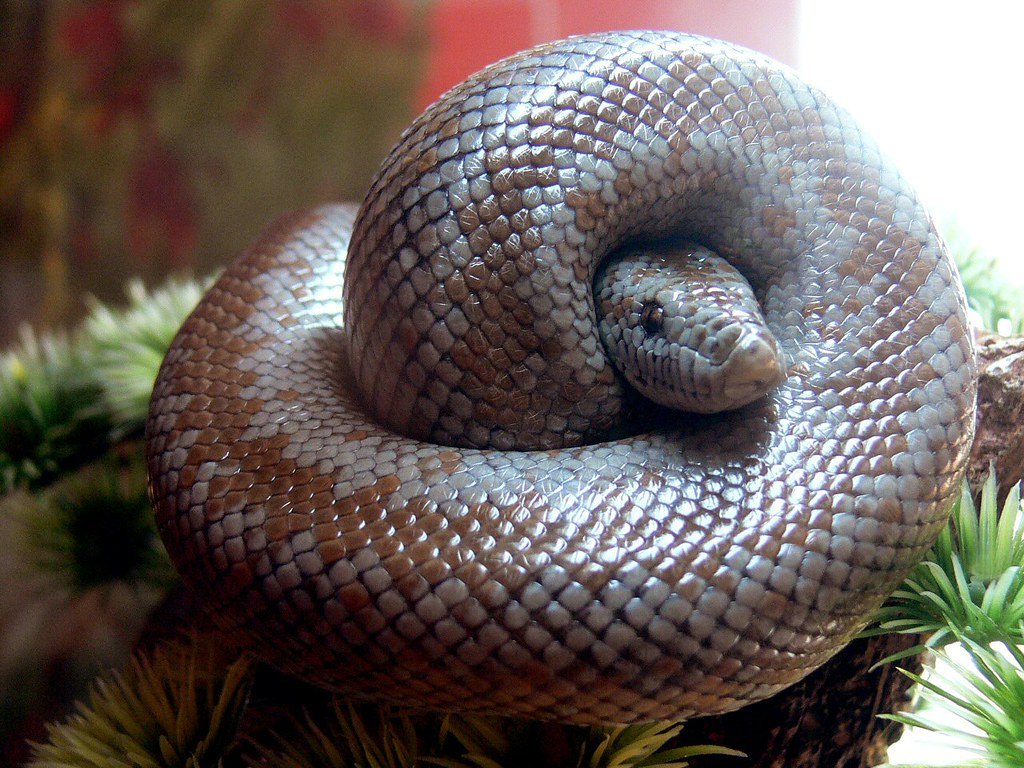
For those seeking a smaller snake species that excels during handling sessions, the rosy boa (Lichanura trivirgata) offers an ideal combination of manageable size and exceptionally calm demeanor. Native to the southwestern United States and northwestern Mexico, these beautiful constrictors typically reach only 2-3 feet in length, making them perfect for keepers with limited space or those who prefer a more compact snake. Rosy boas move with deliberate, slow movements that make them less intimidating for novice handlers, rarely displaying the quick, jerky motions that can startle people unfamiliar with snake behavior.
Their natural desert adaptations mean they thrive in relatively simple setups with moderate humidity requirements, simplifying their care regimen compared to tropical species. Perhaps most impressively, rosy boas can live 25+ years in captivity with proper care, offering a potential for long-term companionship that rivals many traditional pets.
Garter Snakes: Active and Adaptable
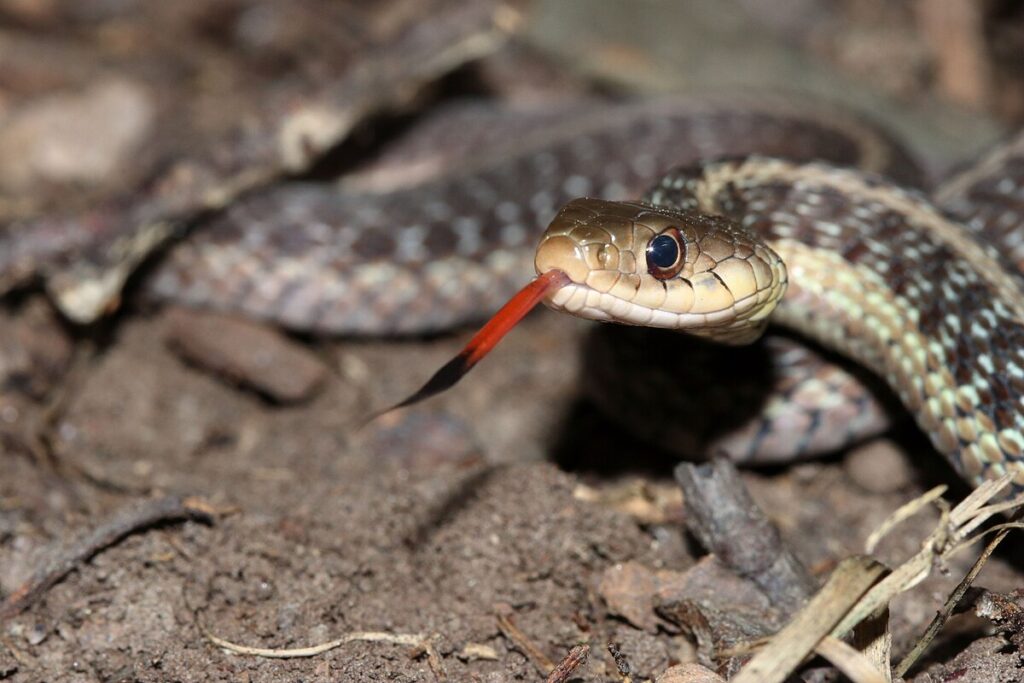
While often overlooked in favor of more exotic species, garter snakes (Thamnophis) represent excellent handling candidates for keepers who enjoy more active interaction with their reptilian companions. These small to medium-sized snakes (typically 2-3 feet) are native throughout much of North America and adjust remarkably well to captivity, often becoming quite tame with consistent handling. Unlike many other species that primarily tolerate handling, captive-bred garter snakes frequently demonstrate genuine curiosity during handling sessions, actively exploring their surroundings while using their handler for security.
Their smaller size makes them particularly suitable for younger handlers or those with limited strength, as properly supporting their entire body requires minimal effort. Modern captive breeding has produced stunning color morphs beyond the traditional striped patterns, including albinos, melanistics, and high-blue specimens that rival more exotic species in visual appeal.
Understanding Snake Body Language
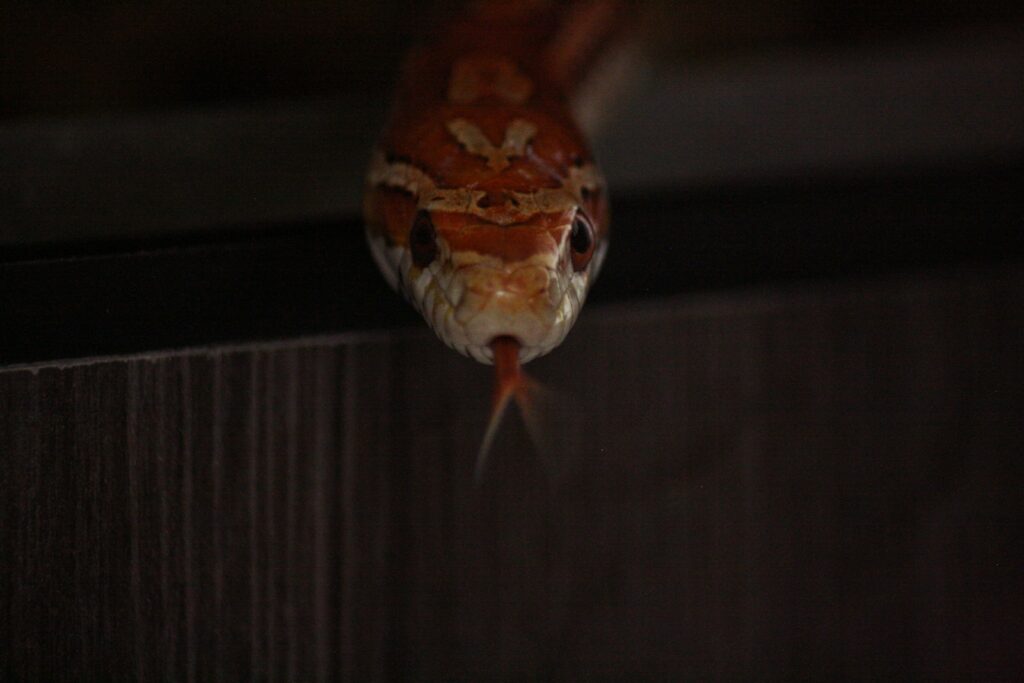
Successful handling begins with the ability to recognize and respond appropriately to snake body language, regardless of species. A relaxed snake typically moves with smooth, deliberate motions, maintains a loose grip on its handler, and flicks its tongue regularly to gather environmental information. Conversely, stress signals include rapid movement, tightly coiled body posture, hissing, triangulation of the head (in some species), tail rattling, or striking postures. Many handling-friendly species will gradually transition from defensive behaviors to relaxed exploration as they build trust with their handlers.
Learning to recognize these subtle communication cues allows handlers to determine when a snake is comfortable being held versus when it needs to be returned to its enclosure. This responsiveness to the snake’s comfort level forms the foundation of a positive handling relationship that benefits both animal and keeper.
Proper Handling Techniques
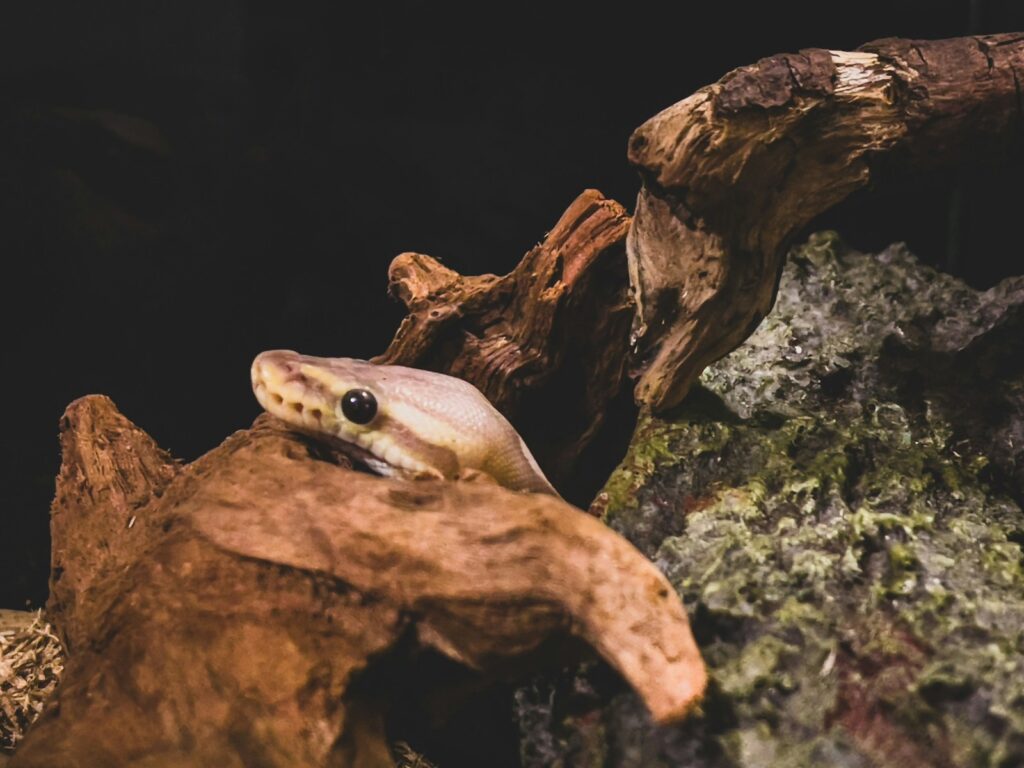
Even the most docile snake species require proper handling techniques to ensure both snake safety and handler confidence. Always support a snake’s body along its entire length, avoiding situations where portions of the snake dangle unsupported, which can cause stress and defensive reactions. When initiating handling, approach from the side rather than from above, as overhead approaches mimic predator movements and may trigger defensive responses.
Limit initial handling sessions to 5-10 minutes, gradually increasing duration as the snake demonstrates comfort with the interaction. Always wash hands before handling to remove scents that might confuse the snake into thinking you’re food, and similarly wash hands after handling to maintain proper hygiene. Never handle a snake during or immediately after feeding, during shedding periods, or when showing signs of illness or stress.
Creating Positive Handling Experiences
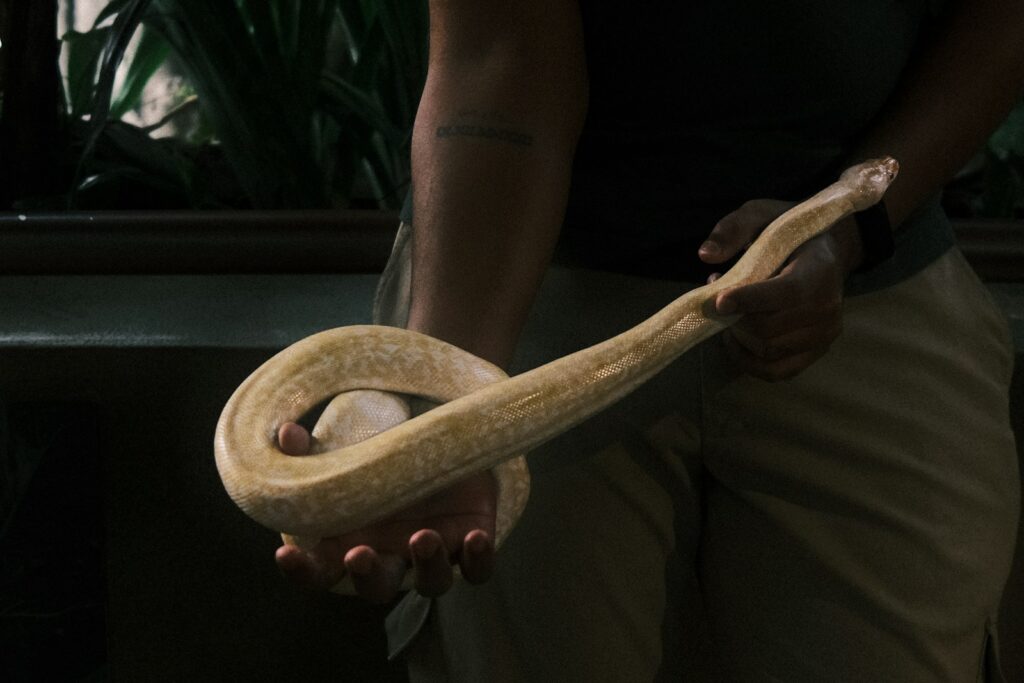
Developing a snake that enjoys handling begins with understanding that each individual has its own personality and preferences regarding human interaction. Consistency proves key—regular, brief handling sessions typically yield better results than infrequent, lengthy ones that might overwhelm the animal. Creating a positive association involves handling the snake in a warm, quiet environment free from sudden movements, loud noises, or other pets that might cause stress. Some handlers find success with “handling stations”—designated areas with familiar smells and textures where the snake learns to associate handling with positive experiences.
Moving handling sessions away from the feeding area helps prevent feeding responses during handling, a particularly important consideration with larger species. Paying attention to individual preferences—some snakes prefer to explore, others to remain relatively stationary—allows handlers to tailor interactions to each snake’s unique personality.
Enclosure Considerations for Handleable Snakes
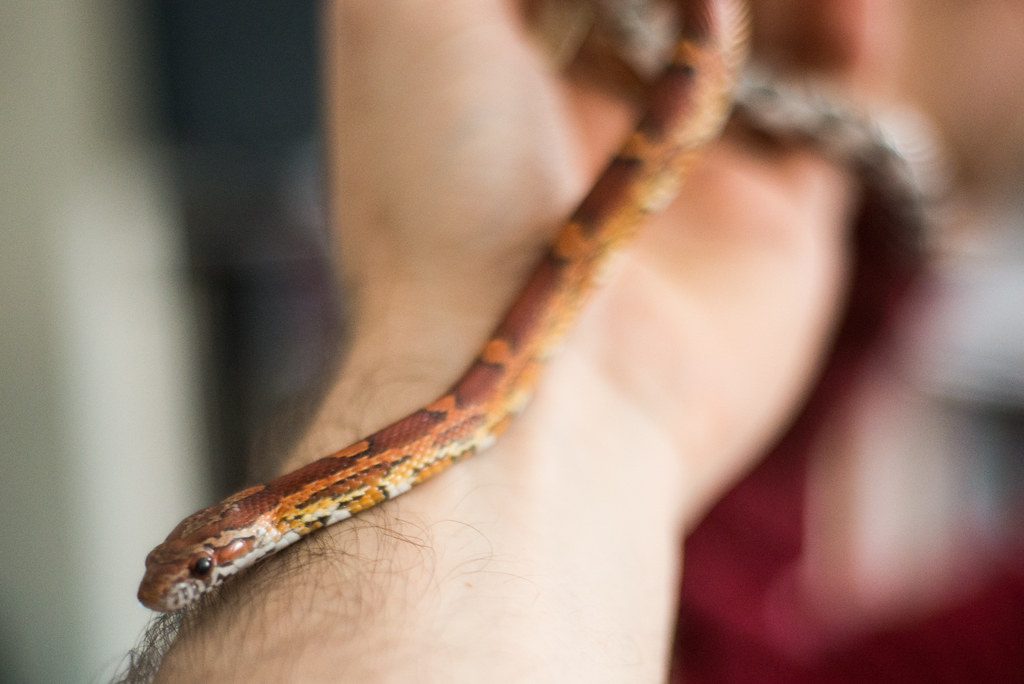
Snakes that receive regular handling benefit from enclosure setups that support their psychological well-being between interaction sessions. Providing multiple hide boxes at different temperature zones allows the snake to regulate both its temperature and its sense of security, reducing overall stress levels. Appropriate substrate depth for burrowing species (like rosy boas) or climbing branches for semi-arboreal species (like corn snakes) enables natural behaviors that contribute to overall contentment.
Proper enclosure size matters significantly—too small creates stress through confinement, while excessively large spaces can sometimes create insecurity in certain species. Front-opening enclosures typically cause less stress during removal for handling than top-opening designs, as they don’t require reaching down from above in a predator-like motion. Creating this balance of security and enrichment in the home enclosure establishes the foundation for a snake that feels secure enough to enjoy handling sessions.
Health Considerations When Handling Snakes
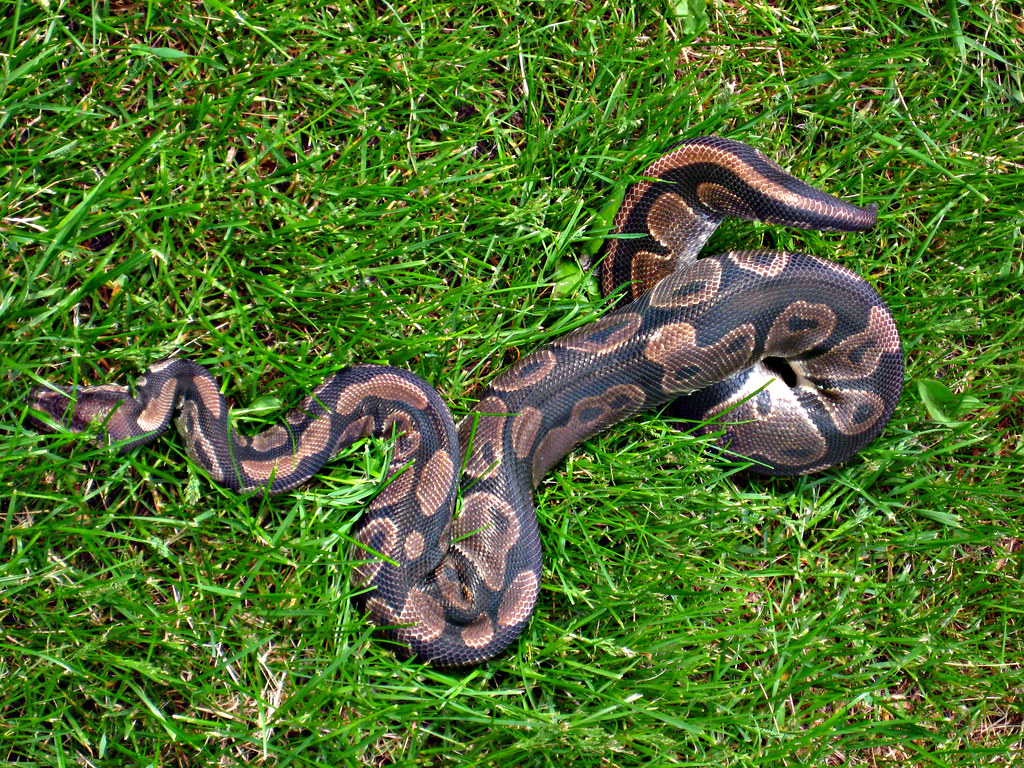
Regular handling sessions provide excellent opportunities to monitor your snake’s health through close observation. Healthy snakes exhibit clear eyes, smooth scales, alert responses, and appropriate weight for their size and age. During handling, check for any unusual bumps, retained shed skin (particularly around the eyes or tail tip), respiratory sounds, or mobility issues that might indicate health concerns. Be aware that excessive handling can sometimes increase stress levels, potentially suppressing the immune system and making snakes more susceptible to illness.
While handling-friendly species generally tolerate interaction well, respecting their natural cycles remains essential—avoid handling during pre-shed periods (indicated by dull coloration and bluish eyes), immediately after feeding, or during breeding season when hormonal changes may alter typical behavior patterns. Maintaining this balance between regular monitoring through handling and respecting the snake’s natural cycles creates the healthiest relationship between keeper and reptile.
Building Trust With Your Snake
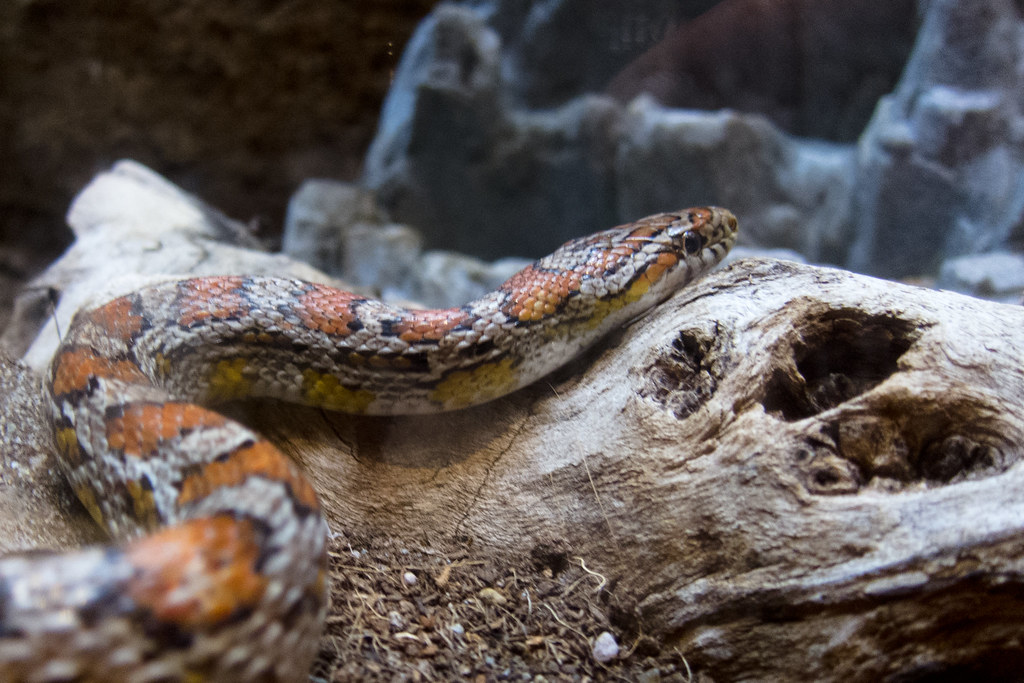
Developing a handling relationship with any snake species represents a trust-building process that unfolds gradually over time. The foundation begins with meeting all the snake’s environmental and nutritional needs consistently, establishing yourself as a reliable caretaker rather than a threat. Many experienced handlers recommend initially limiting handling to brief, positive experiences that end before the snake shows stress signals, creating a pattern where the snake learns that handling has predictable beginnings and endings. Some snakes benefit from a gradual approach, starting with simply placing your hand in the enclosure without attempting handling, then progressing to brief touches, and finally to full handling sessions.
Recognition plays a role in this relationship—snakes have better scent recognition than generally credited and may eventually recognize their regular handlers through both scent and handling patterns. This investment in trust-building creates the foundation for a snake that not only tolerates but potentially seeks out handling experiences.
Common Handling Mistakes to Avoid

Even well-intentioned handlers sometimes make mistakes that can undermine a snake’s handling tolerance or create safety concerns. Grabbing a snake mid-body rather than supporting it properly represents a common error that triggers defensive responses, as this mimics predator attacks in the wild. Handling immediately after feeding risks regurgitation that can cause serious health issues, while handling during the shedding process can damage the delicate new skin forming underneath.
Excessive handling duration, particularly with younger specimens, creates stress that manifests in feeding refusals or defensive behaviors during subsequent handling attempts. Social handling situations where the snake is passed between multiple unfamiliar people often creates anxiety in even the most docile species, as each new handler presents different scents, temperatures, and handling techniques. Avoiding these common pitfalls preserves the snake’s positive association with handling and maintains the trust relationship between reptile and keeper.
Conclusion: Finding Your Perfect Handling Companion
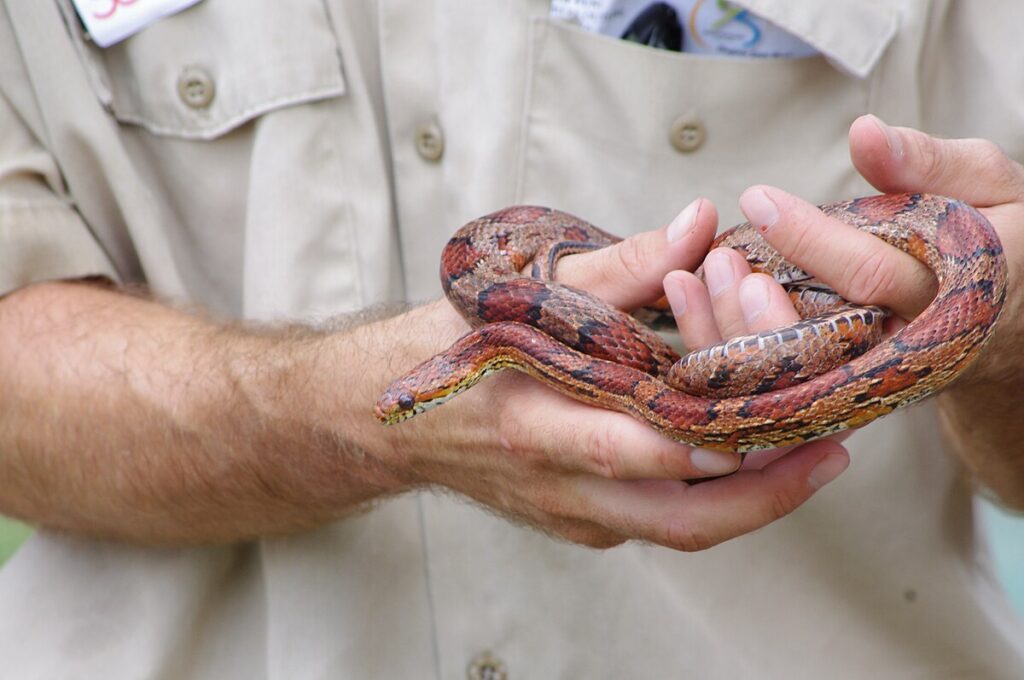
The journey to finding your ideal handling companion begins with honest assessment of your experience level, handling goals, and commitment to proper care. While the five species highlighted here—ball pythons, corn snakes, kingsnakes, rosy boas, and garter snakes—consistently demonstrate good handling temperaments, individual variations exist within every species. Whenever possible, interact with the specific snake you’re considering before purchase, ideally multiple times, to gauge its particular temperament.
Consider adopting adult specimens with established handling histories rather than juveniles when handling tolerance is a priority, as their personalities are already developed. Remember that even the most handling-friendly snake species require proper environmental conditions, nutrition, and respect for their natural behaviors to maintain their docile dispositions. With the right species selection, proper technique, and patient trust-building, many keepers develop handling relationships with their snakes that bring mutual enjoyment and enrichment for years to come.

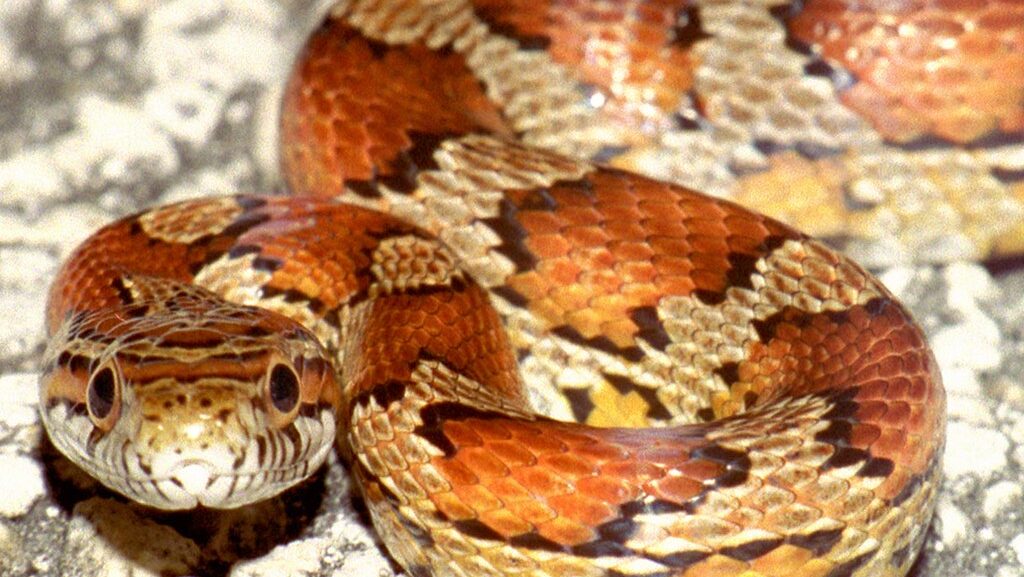
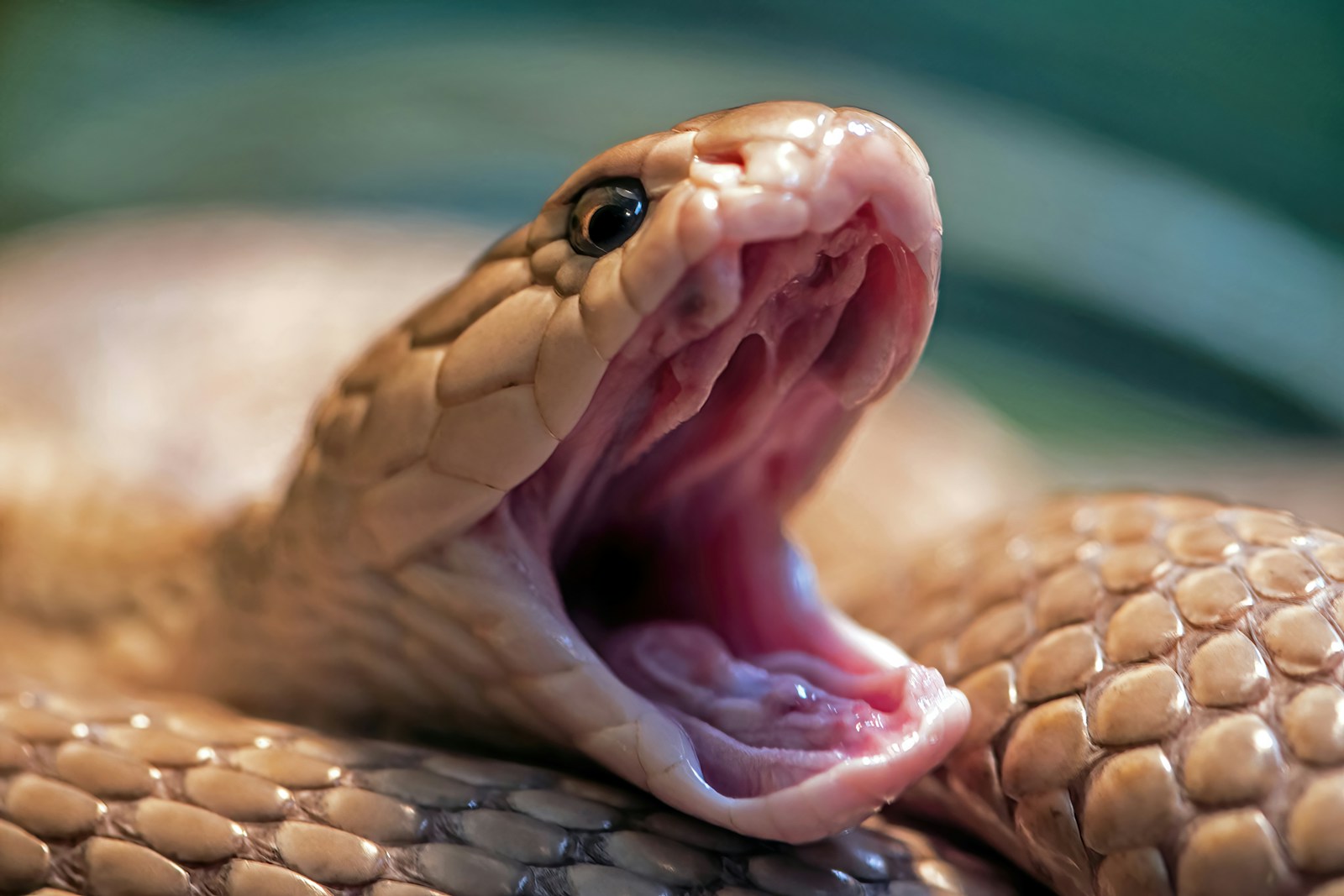
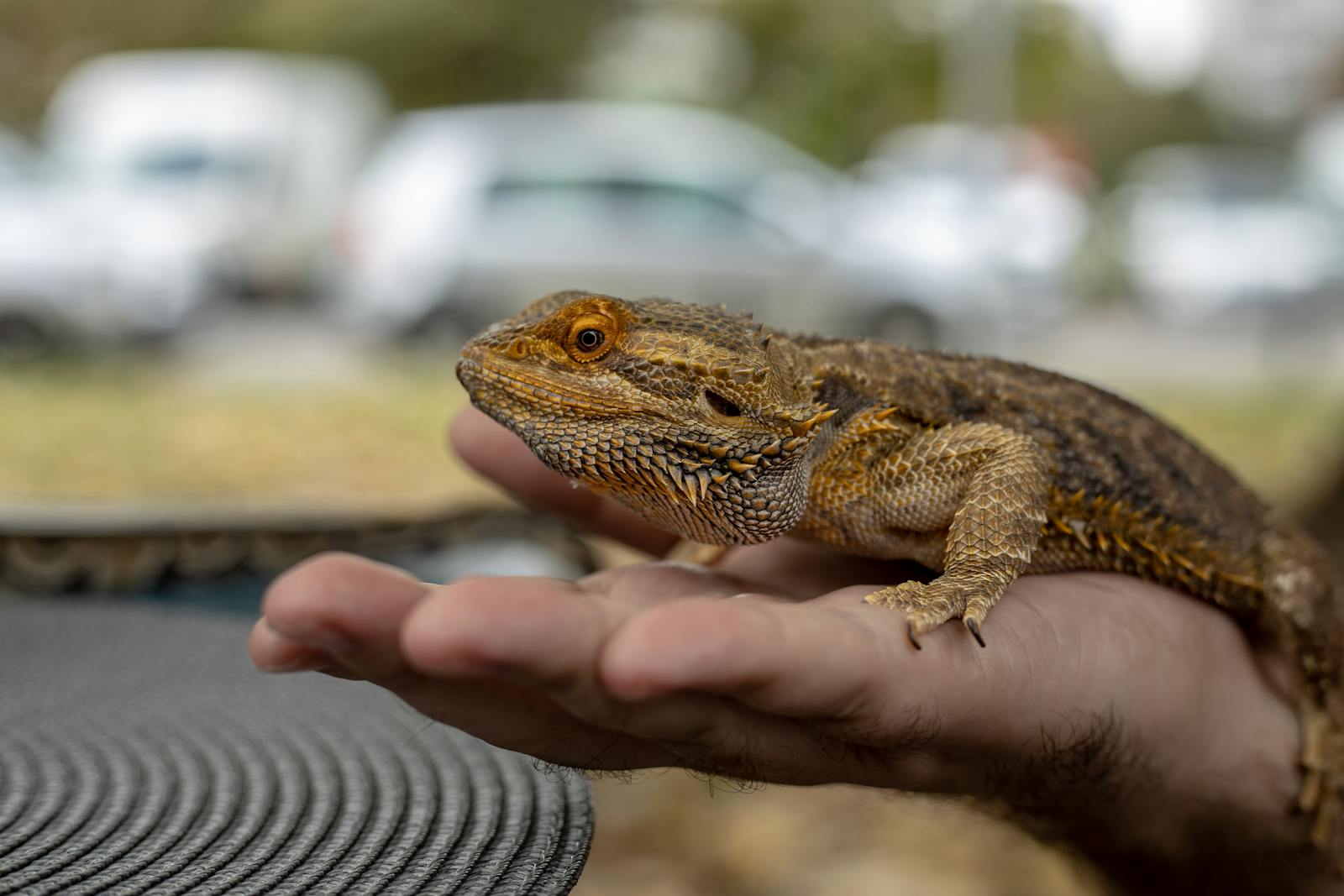
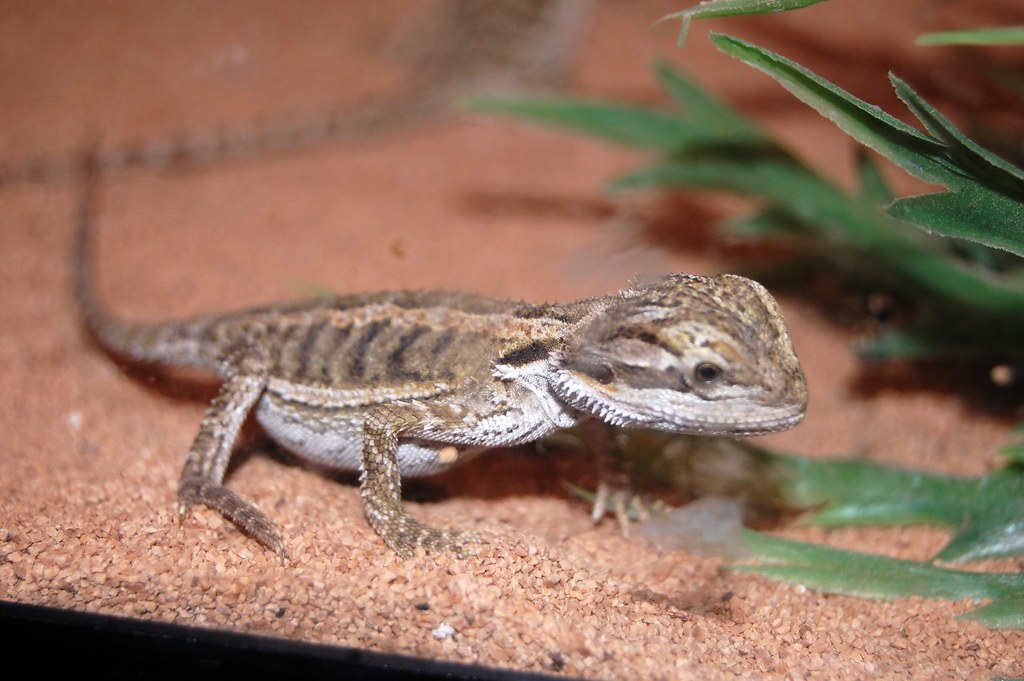
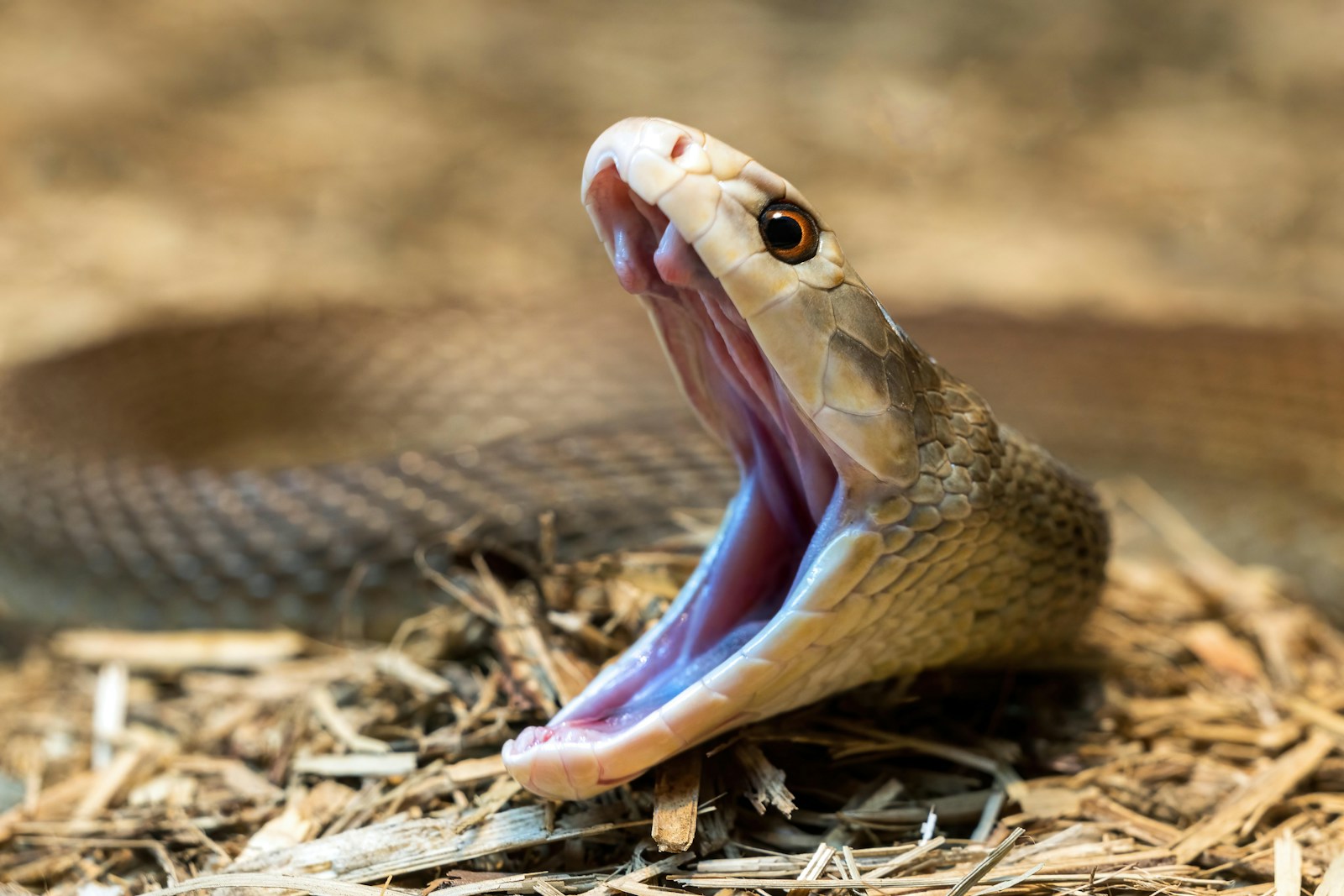
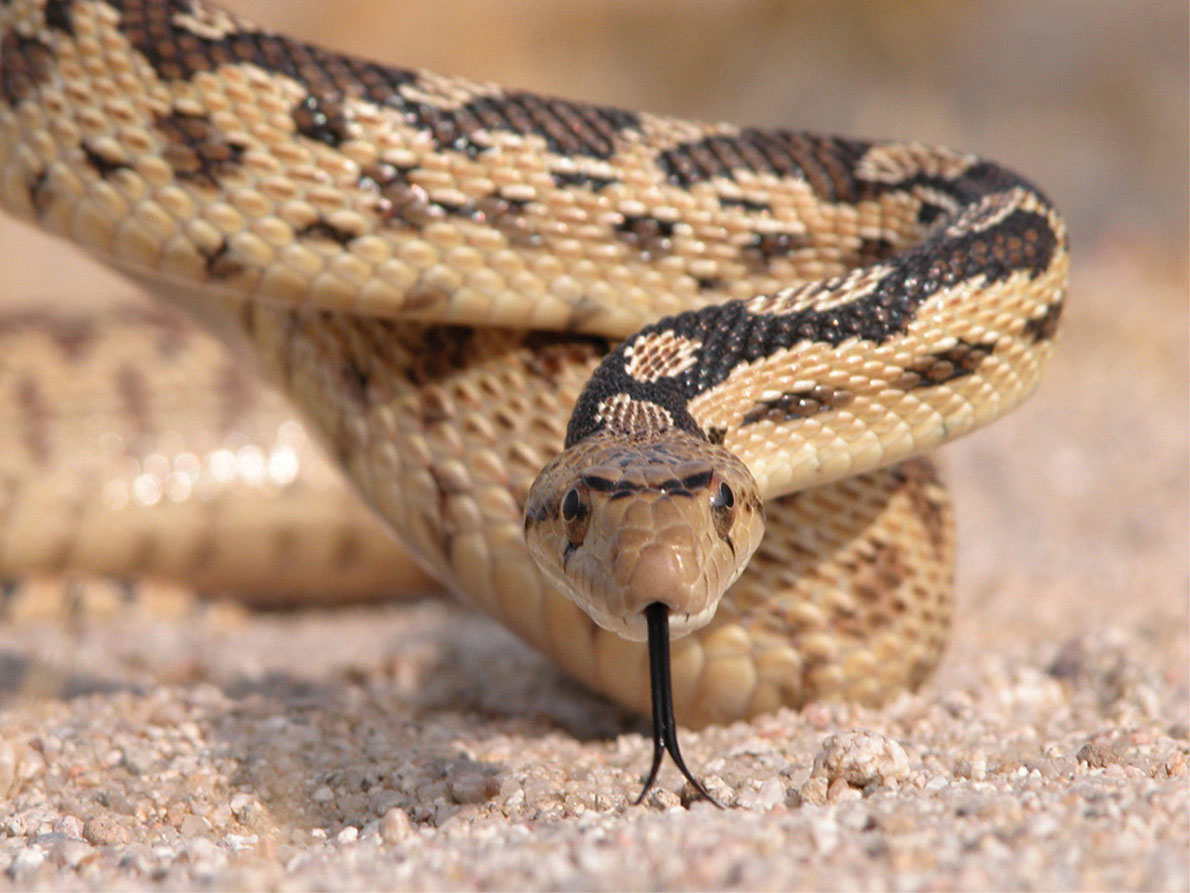

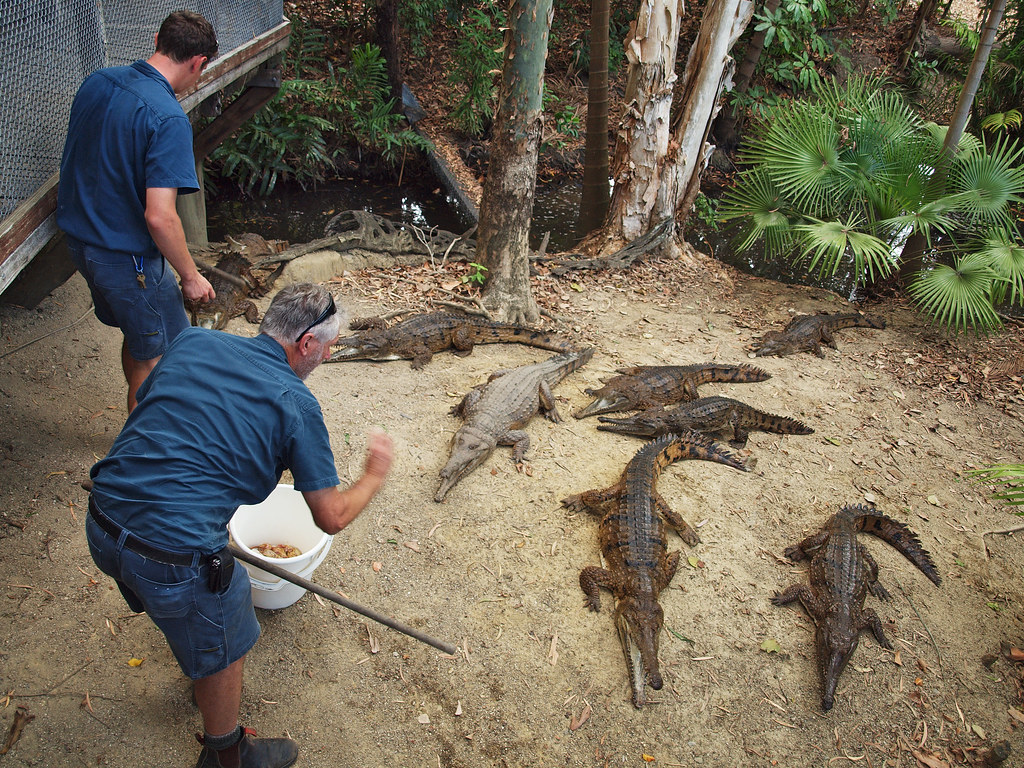
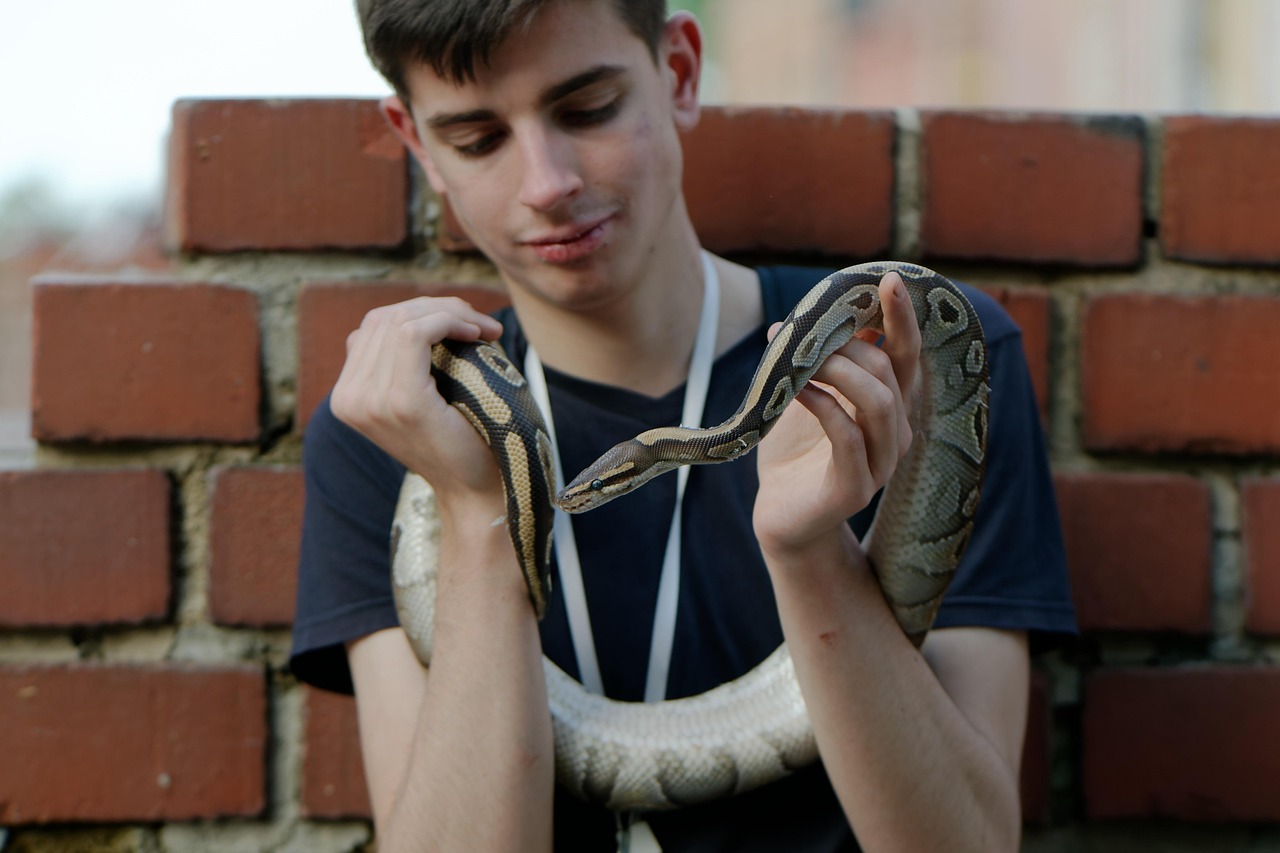
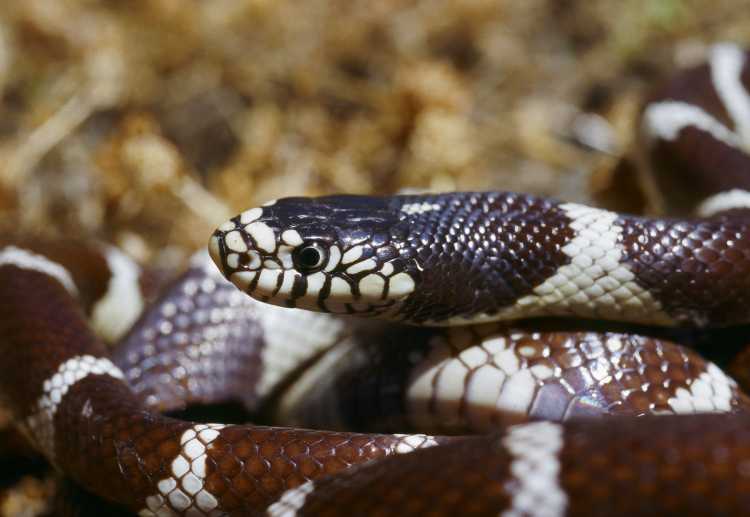
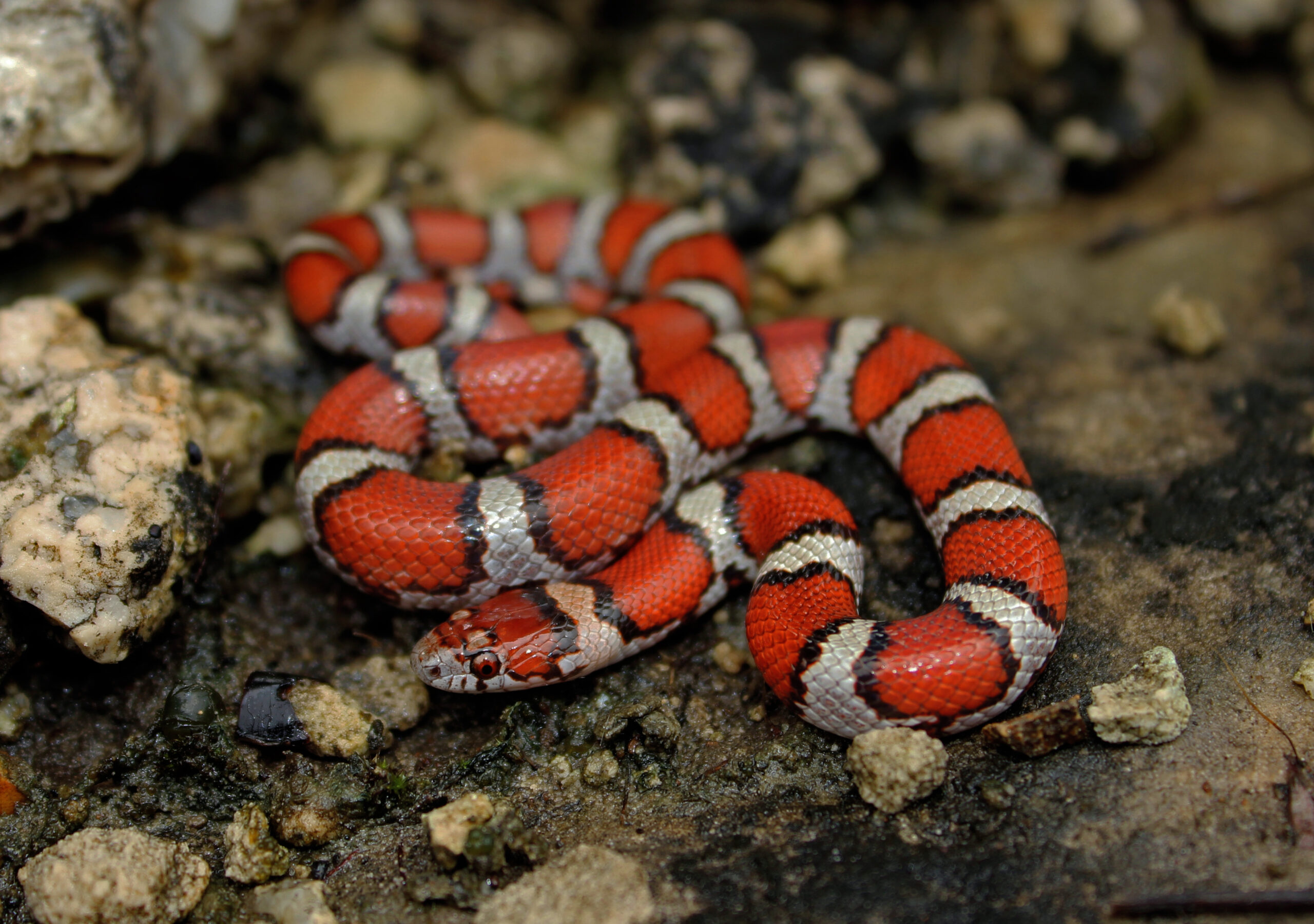




Leave a Reply